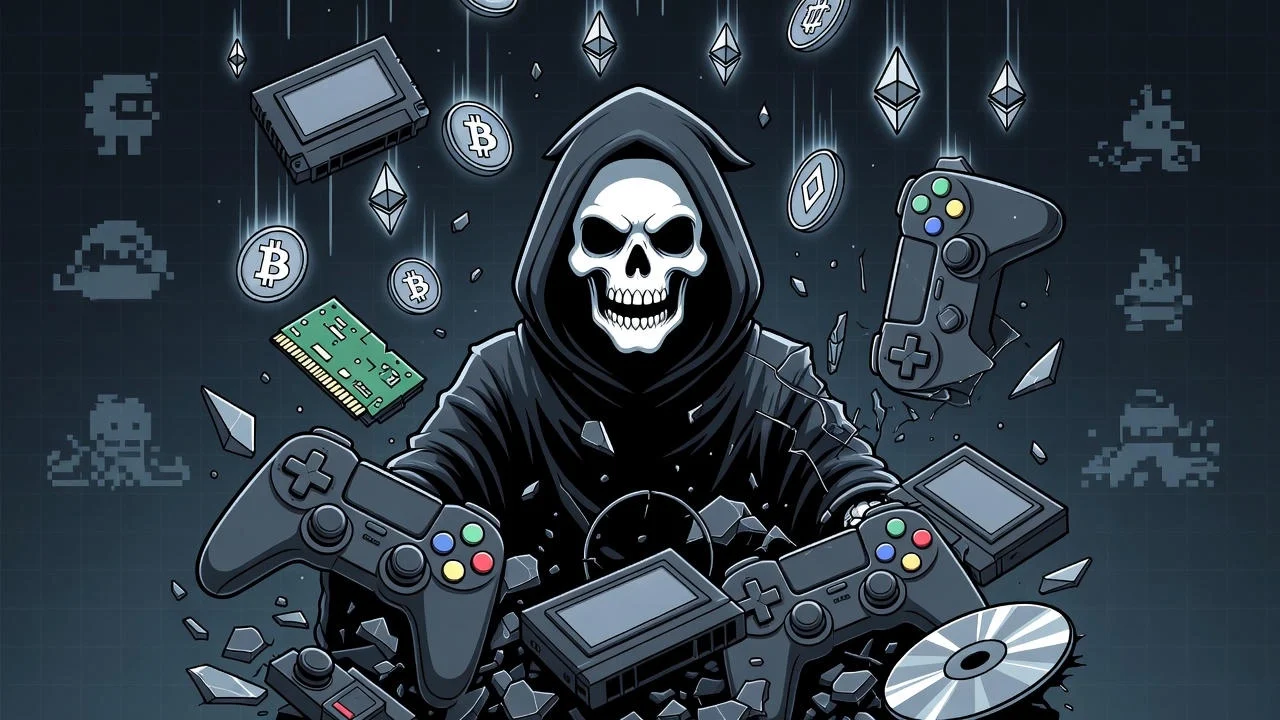A quiet update to Pokémon HOME’s privacy policy just set off alarms across the gaming and blockchain communities.
Parasol Technologies, a developer now listed as part of Pokémon HOME’s backend team, is the same studio recently acquired by Mysten Labs—the company behind the Sui blockchain. That might not mean much at first glance. But given Parasol’s track record building blockchain-based trading card games with on-chain ownership and collectible mechanics, the connection has people asking: is Pokémon flirting with Web3?
As of now, there’s no official announcement, no comment from Nintendo, The Pokémon Company, or Mysten Labs. But the timing—and the context—are too curious to ignore.
So What’s the Blockchain Use Case for Pokémon?
Parasol is known for developing blockchain infrastructure for games that emphasize player-owned assets. Their latest projects, including Capybara Fusion and Code of Joker: Evolutions, are Web3-native games built entirely on Sui. These games allow players to collect, trade, and own their digital assets, with all actions verified on-chain. It’s the kind of system that, on paper, aligns remarkably well with what Pokémon HOME already is: a cloud-based storage platform that lets players manage, transfer, and organize their Pokémon across titles.
The update also coincides with new functionality within HOME: a medals feature, which some suspect could serve as the gateway to testing on-chain reward mechanics.
Still, without a formal announcement, it’s all speculation. But the idea isn’t far-fetched.
Blockchain’s use case here would go well beyond just shiny badges or medals. One of the biggest integrity issues the franchise faces is “genning”—a term used for externally generating Pokémon with perfect stats, rare move sets, or shiny traits using third-party software. These creations often end up indistinguishable from legitimate ones and, in many cases, are used in competitive play. Some players accept this as part of the meta; others argue it undermines the grind and thrill of catching or breeding authentic Pokémon.
Blockchain could offer a fix. With verifiable, immutable ownership records, players and developers could track the legitimacy of each Pokémon’s origin—whether it was hatched, traded, or transferred. It wouldn’t just be about owning digital monsters—it’d be about proving they were earned.
Parasol, for its part, has leaned into that philosophy. Their games don’t just slap NFTs onto existing ideas—they’re building full game systems that embrace the collectible nature of trading card culture but back it with the tech to prevent cheating, duplication, or inflation. In Capybara Fusion, for example, everything from puzzles to trading happens on-chain. In Code of Joker: Evolutions, the goal is to deliver fast, mobile-first gameplay with digital cards that players actually own and can prove are unique.
In theory, this kind of structure could bring meaningful utility to Pokémon—not in replacing gameplay, but in protecting it.
Still, this is all a long shot. The company has been slow to adopt any trend that risks alienating its massive, largely traditional fanbase. Web3, for many, still carries a stigma. And to be clear: the addition of Parasol Technologies to a privacy policy does not mean Pokémon is launching NFTs next week. It could just as easily be a simple development partnership for UI updates, new features, or internal tooling.
But when a company that builds blockchain-native games suddenly shows up in Pokémon’s backend, people are going to notice.
And with genning, cloning, and digital spoofing already muddying the competitive waters, maybe a blockchain solution isn’t as far off as it once seemed.








